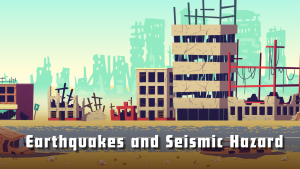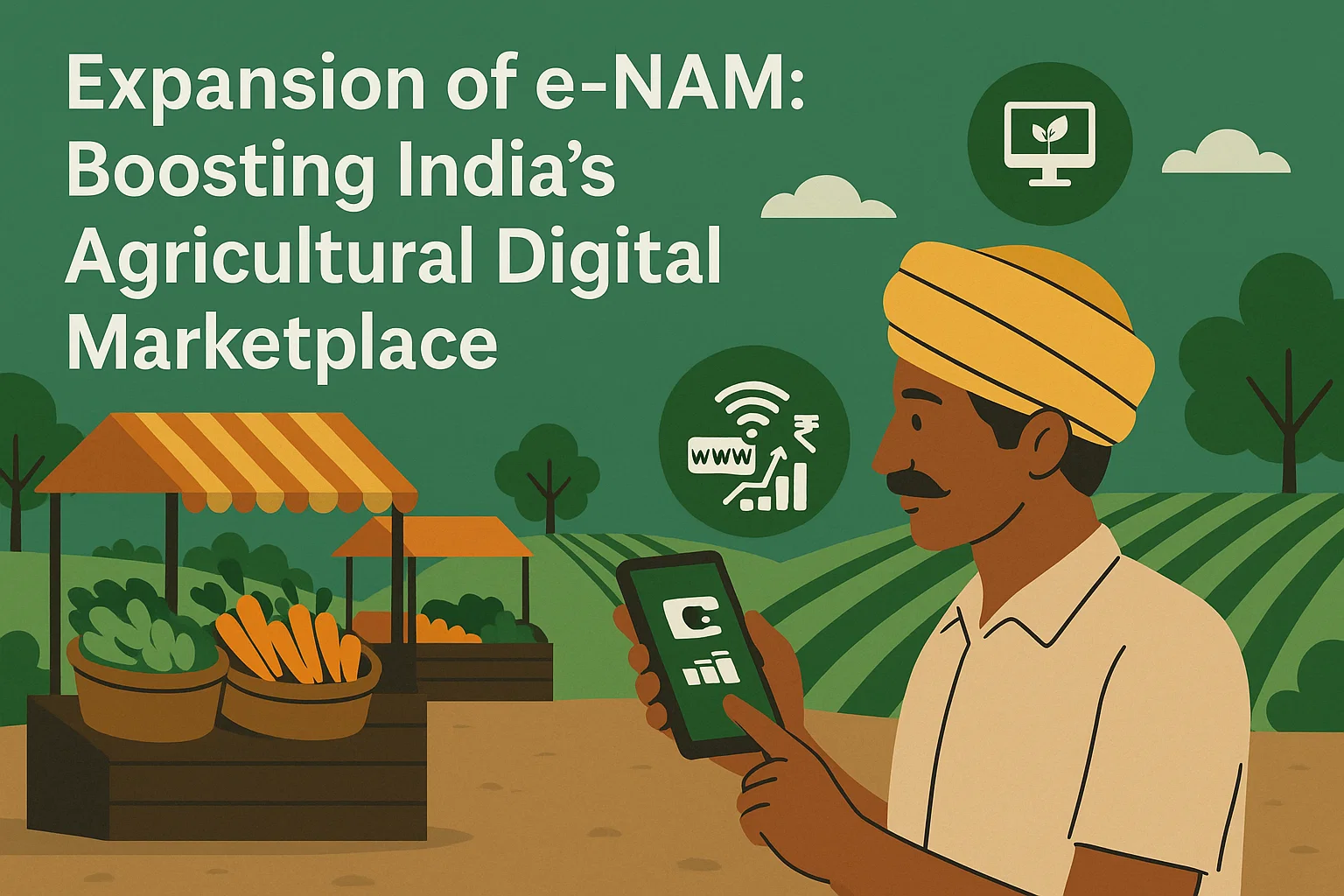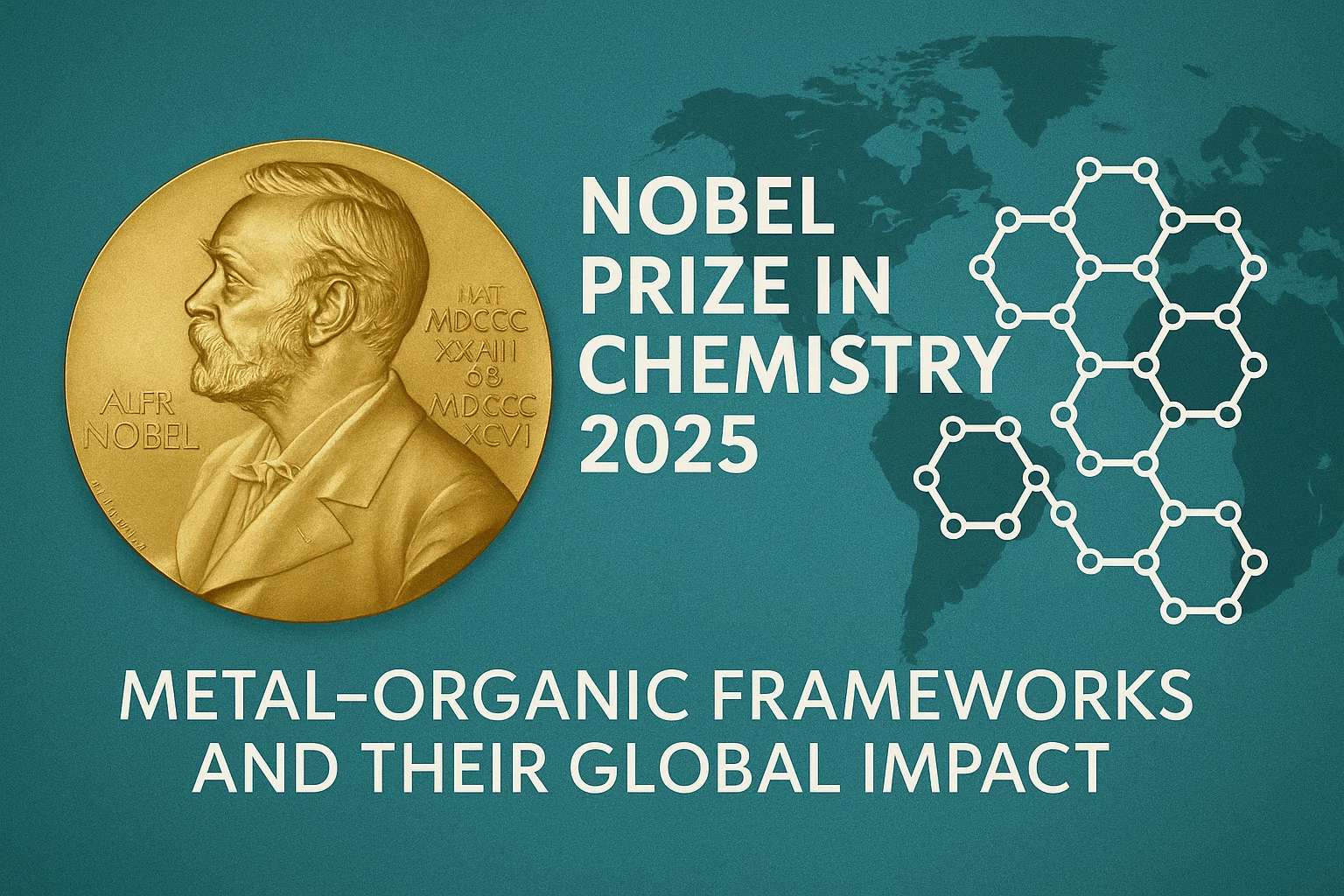Font size:
Print
Greenland’s Glacial Runoff and Global Ecological Balance
Greenland’s glacial runoff is powering explosions of ocean life
Context: NASA-backed simulations show that meltwater from Greenland’s Jakobshavn Glacier drives deep-ocean nutrients to the surface, fueling major summer phytoplankton blooms that sustain the Arctic food web.
What is a glacial runoff?
- Glacial runoff refers to the meltwater produced when glaciers and ice sheets lose ice mass due to rising temperatures.
- This meltwater flows into rivers, fjords, and oceans, carrying with it sediments and sometimes nutrients (e.g., iron, nitrates) from deep waters.
- Unlike river water, glacial runoff often emerges from beneath glaciers under high pressure, creating strong plumes that can stir the ocean column and redistribute nutrients.
In Greenland, this runoff is especially powerful—during peak summer, over 300,000 gallons per second pour into the ocean from just one glacier!
Why are Greenland’s glaciers important for global ecological order and balance?
- Climate Regulation & Sea Level Rise: Greenland’s ice sheet is mile-thick and holds enough ice to raise sea levels by ~7 meters if fully melted. Currently losing ~293 billion tons of ice per year, contributing significantly to global sea-level rise, threatening low-lying regions like Bangladesh, Maldives, and coastal India.
- Marine Ecosystems & Carbon Cycle: Runoff fuels phytoplankton blooms by bringing nutrients (iron, nitrates) from deep water to the surface. Phytoplankton are the base of the marine food web, supporting krill, fish, and whales, while also acting as a major carbon sink by absorbing CO₂ during photosynthesis. However, meltwater also changes the temperature and salinity of oceans, reducing their ability to absorb CO₂, creating a mixed impact on the carbon cycle.
- Ocean Circulation (Thermohaline Balance): Large influx of freshwater reduces salinity, weakening North Atlantic currents like the AMOC (Atlantic Meridional Overturning Circulation). A weakened AMOC disrupts global heat distribution, potentially altering monsoons, rainfall patterns, and weather extremes.
- Regional & Global Ecological Stability: Greenland has ~250 active glaciers. Runoff from each can reshape local fisheries, ecosystems, and biodiversity. The Arctic acts as a climate regulator, and disruptions there have cascading effects across the globe.
What measures can be taken to address the challenges?
- Global Climate Action:
- Mitigation: Urgently reduce greenhouse gas emissions through Paris Agreement commitments and push for deeper cuts at COP summits. Invest in renewable energy, carbon capture, and reforestation to stabilise atmospheric CO₂.
- Adaptation: Coastal nations (including India) need coastal zone management plans, mangrove restoration, and early warning systems for sea-level rise and storm surges.
- Scientific Research & Monitoring: Expand satellite observation (NASA, ESA, ISRO) to monitor glacier melt and sea-level rise. Deploy ocean sensors to track salinity, nutrient upwelling, and ecosystem responses. Use advanced models like ECCO-Darwin for better forecasting of ecological changes.
- Ecosystem & Fisheries Management: Support sustainable fisheries that can adapt to shifting marine food webs. Protect Arctic biodiversity hotspots through marine protected areas.
- International Cooperation: Strengthen the Arctic Council and UN frameworks for joint climate action. Technology transfer and funding for vulnerable nations under the Loss and Damage fund (COP27 outcome).
Subscribe to our Youtube Channel for more Valuable Content – TheStudyias
Download the App to Subscribe to our Courses – Thestudyias
The Source’s Authority and Ownership of the Article is Claimed By THE STUDY IAS BY MANIKANT SINGH




